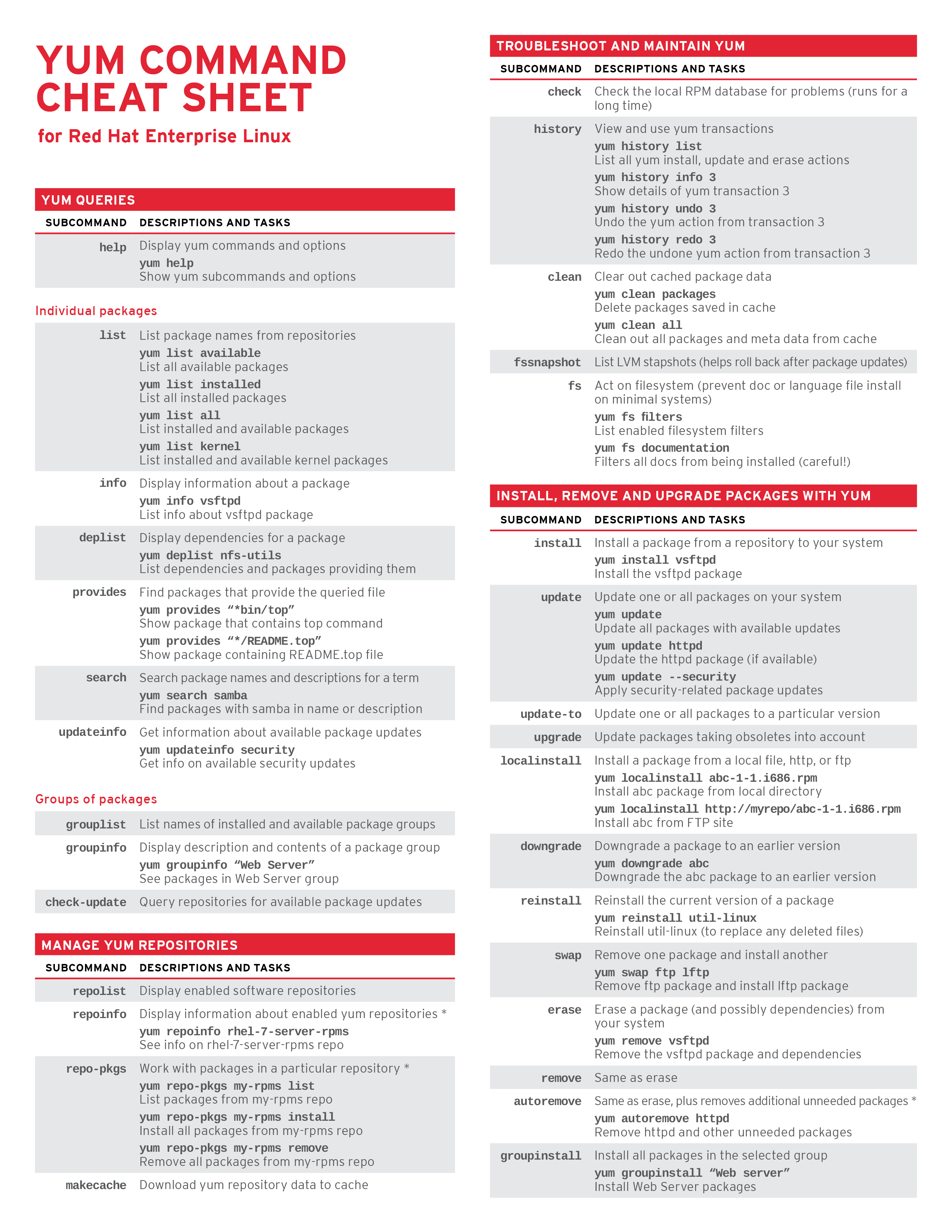

# tar cvf - /dir | split -bytes=200MB - backup.tar You can pipe the tar command into the split command. In this example, we split the existing backup into smaller archived files. f - Name the file How to split a backup into smaller backups

This allows you to add additional files to the pre-existing backup backup.tar. In this example, we add onto a backup backup.tar. f - Name the archive How to append or add files to a backup This is helpful in situations where you are trying to locate something but do not want to specify the name or want to add in all options matching that particular search. Wildcards allow you to select files without having a specific search for keywords. In this example, we use the wildcard option on a backup backup.tar. z - compressed gzip archive file How to use the wildcard option In this example, we list the contents from a gzip backup without extracting it. z - compressed gzip archive file How to list contents of a tar(.gz) backup In this example, we extract content from a gzip backup, specifically a file called file.txt from the directory /backup/directory in the gzip file. # tar -exclude file.txt -exclude file.sh -cvzf How to extract content from a tar (.gz) backup In this example, we create a gzip backup called, but exclude the files named file.txt and file.sh by using the -exclude option. z - Compressed gzip archive file How to exclude files when creating a tar backup

In this example, we create a gzip archive backup called of the directory /home/user. f - Name the archive How to create a tar.gz backup In this example, we create a backup called backup.tar of the directory /home/user. Also, the tarball is easily movable from one server to the next. This command is one of the most widely-used commands for this purpose. It compresses files and directories into an archive file, known as a tarball. Tar stands for tape archive and allows you to create backups using: tar, gzip, and bzip. The tar utility has a ton of options and available usage. It’s a common practice to complete and sometimes makes a difference in your finished work. In my personal experience, it has saved me more times than I can count. One of the key rules for working as a system administrator is always to make a backup. How well do you know Linux? Take a quiz and get a badgeĮver try something, it didn’t work, and you didn’t make a backup first?.Linux system administration skills assessment.A guide to installing applications on Linux.Download RHEL 9 at no charge through the Red Hat Developer program.


 0 kommentar(er)
0 kommentar(er)
